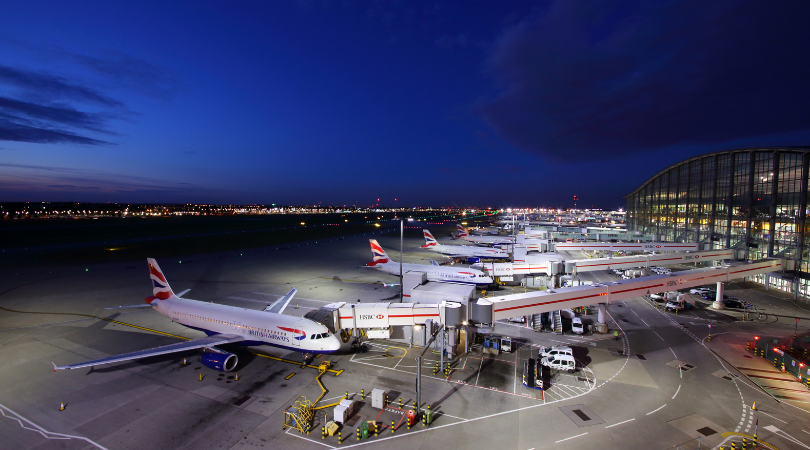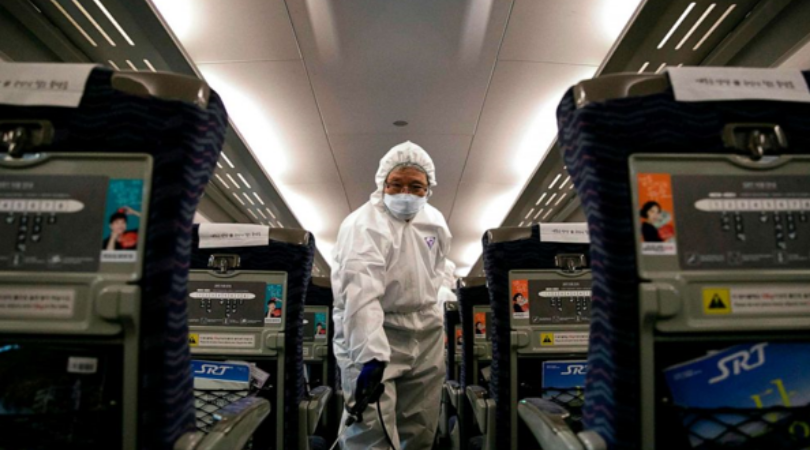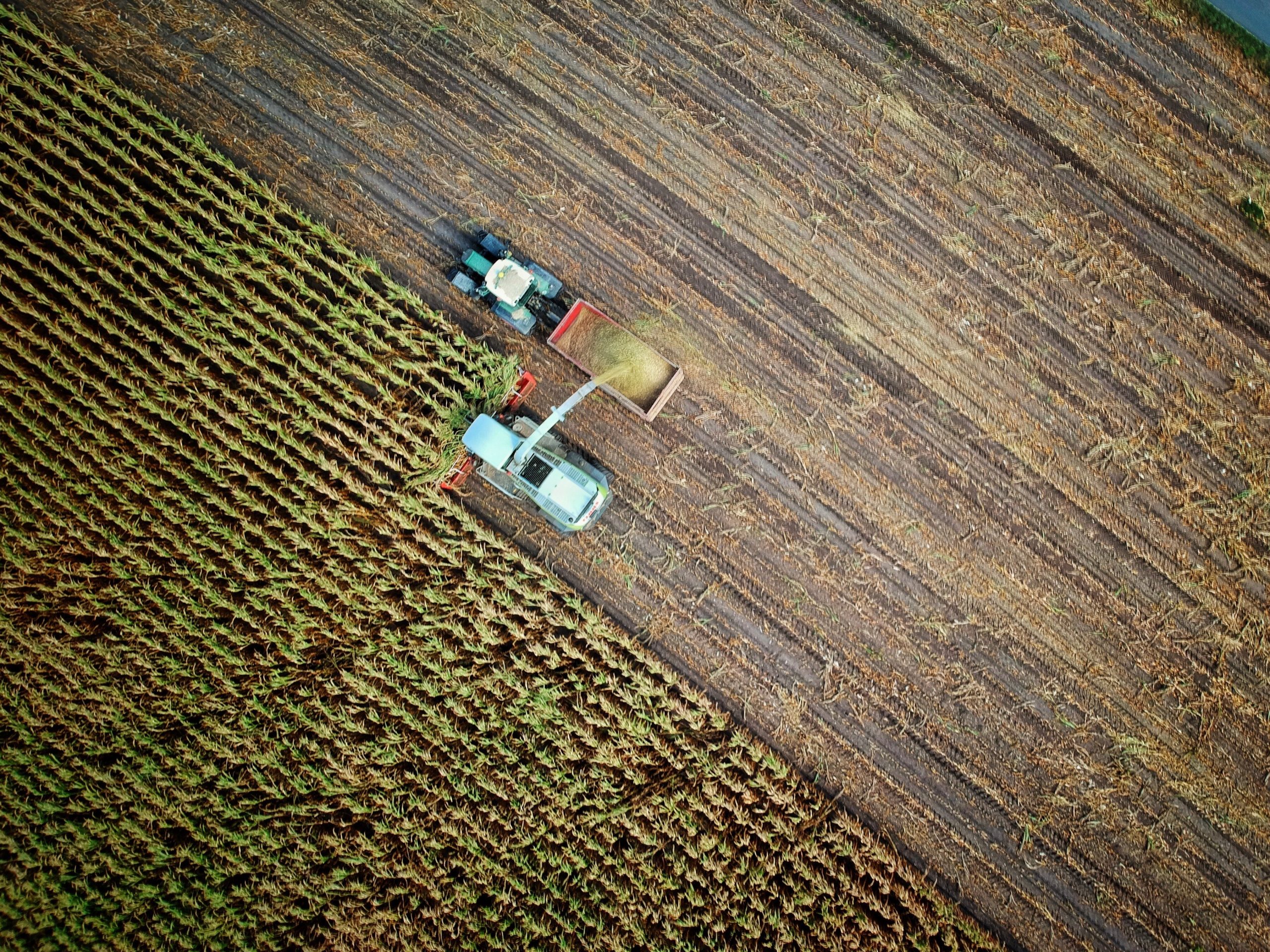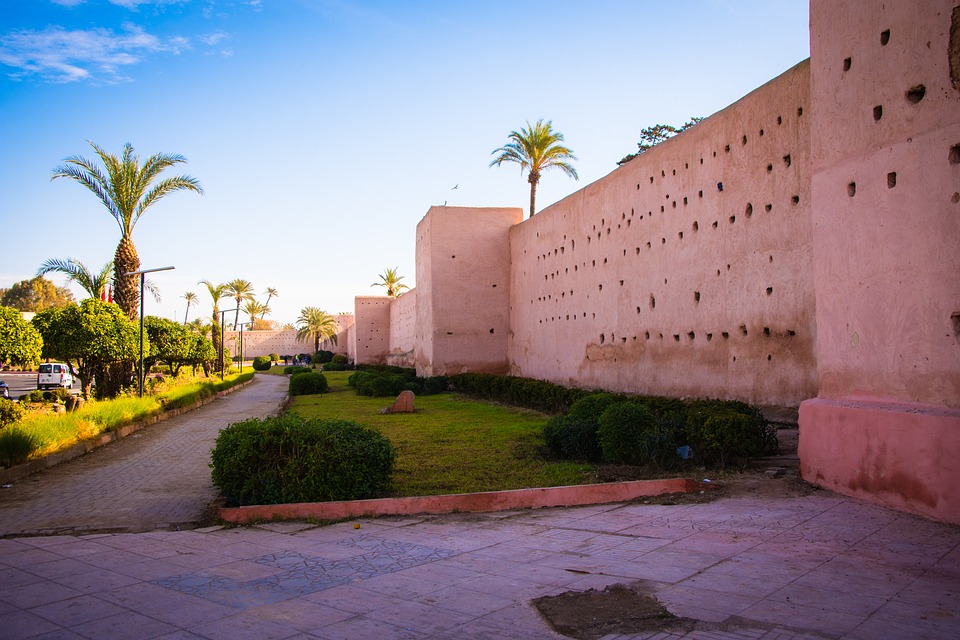More than one month after Suez Canal’s Clearance, the Ever Given Vessel still did not depart Egypt
Ever Given ship was not allowed to depart from Suez Canal unless the vessel’s owners pay up to $1 billion to compensate for the enormous disruption it resulted in.
Ever Given’s Ship Blockage Causes the World’s Heaviest Traffic Jam.
On the 23rd of March 2021, the Ever Given was sailing through the Suez Canal. Strong winds whipped up by a sandstorm affected the steering of the ship causing it to turn into the banks blocking the entire span of the canal.
The blockage of the Suez Canal brought a lot of attention to the global maritime importance of this passage.
In this article, we look at the various negative effects the Ever Given caused and also shed light on other interlinked questions, mainly, how big is the global maritime trade transport market? Are there penalties imposed on the Ever Given Vessel? Are there other canals that are considered key trade passages? Is this the first time the Suez Canal was blocked? How Important is the Suez Canal and what are the canal’s investments/projects?
Global Maritime Trade Transport & Key Choke Points
A sole country can’t be entirely self-sufficient. Shipping helps ensure that the benefits of trade and commerce are evenly spread. Almost every country relies on maritime trade to buy its necessities and sell its products. Maritime transport is the backbone of international trade and the global economy: almost 80% of global trade by volume is carried by sea and is handled by ports worldwide.
Because of its importance, commercial shipping relies on strategic trade routes to move goods efficiently. A vast number of vessels use these waterways every year, but it does not always go smoothly as there are risks that can disturb the whole system.
The most serious risks to global trade are posed by choke points which are strategic, narrow passages that connect two larger areas to one another. When it comes to maritime trade, these are typically straits or canals that see high volumes of traffic because of their optimal location.
Although these vital routes are very convenient, they impose several risks:
- Structural risks: As demonstrated in the recent Suez Canal blockage, ships can crash along the shore of a canal if the passage is too narrow, causing traffic jams that can last for days.
- Geopolitical risks: Because of their high traffic, choke points are particularly vulnerable to blockades or deliberate disruptions during times of political unrest.
The location affects the risk type and degree. Below are listed the biggest threats concerning 8 of the world’s major choke points.
 Is the Suez Canal the Only Maritime Artery? What Do Other Maritime Passages Mean to the World?
Is the Suez Canal the Only Maritime Artery? What Do Other Maritime Passages Mean to the World?
Global Maritime canals and straits shorten navigation time of transport of cargoes and contribute to reducing transport costs. Despite the most recent crisis, Suez is not the most vulnerable bottleneck for world trade.
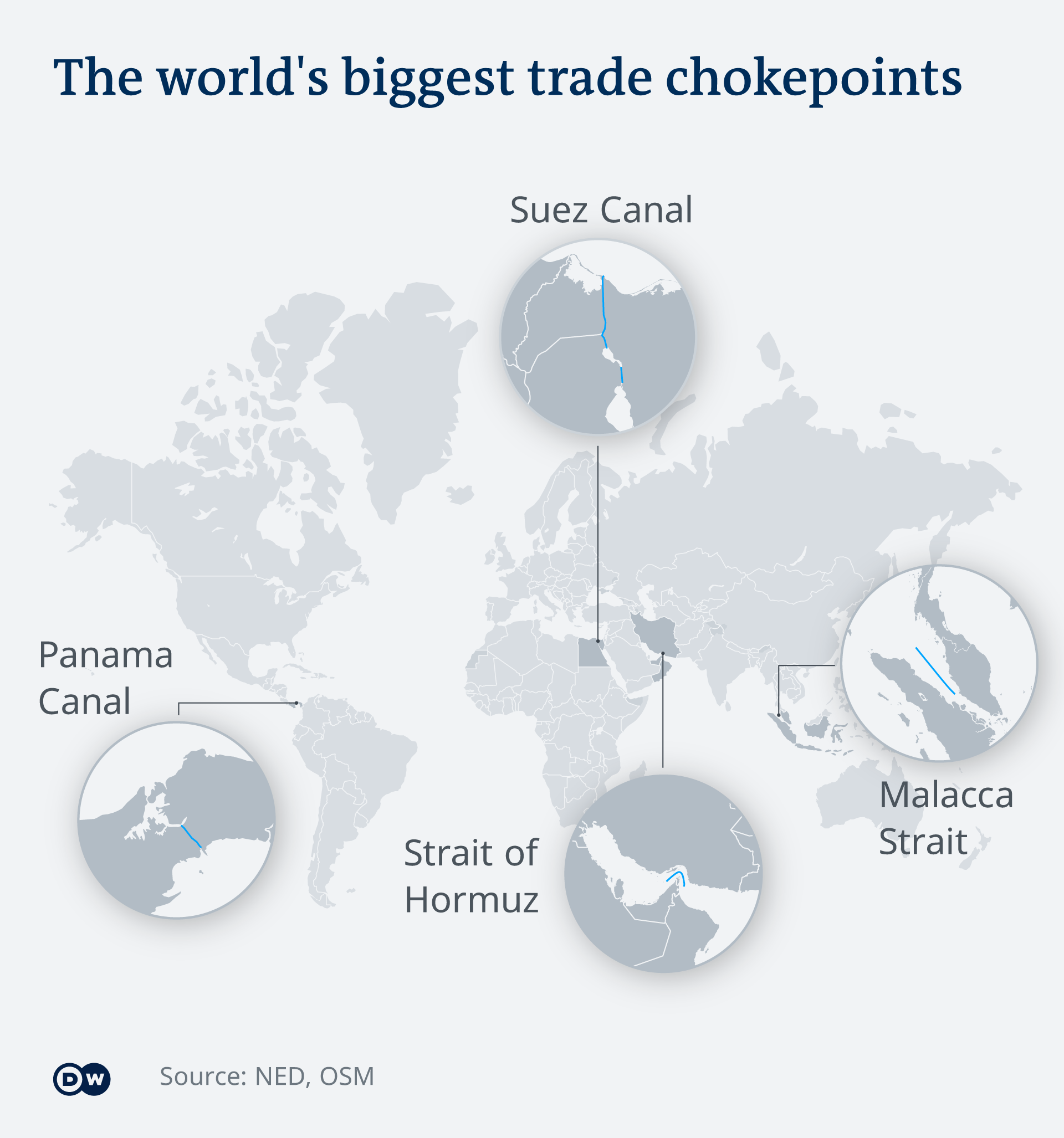

Ever Given is not the First Ship to Block the Suez Canal
The Suez Canal has been blocked and closed several times since its opening in 1859. According to the Suez Canal Authority, the Canal has closed 5 times since it opened for navigation in 1869:
- 1956, after a British-French-Israeli invasion. That tension following the Egyptian President’s announcement of nationalizing the canal led to its closure for months
- 1967, Egypt enters a war with Israel and the canal closed for 8 years
- 2004, the Tropic Brilliance oil tanker got jammed in the waterway which took 3 days to refloat and sail again
- 2006, the Okal King Dor drifted at a wrong angle and got jammed leading to a temporary blockage in the canal for 8 hours
- 2017, OOCL Japan malfunction caused the ship to to block the canal but the tugboats freed the ship in a few hours
In comparison with the 5 previous incidents, the Ever Given falls in the middle in terms severity.
The Ever Given’s Blockage tragically affected Global Economy & Maritime Flow
In less than a week, global trade has been tremendously affected by this incident. Although the ship was freed and floated on March 29th, the canal could not immediately process full traffic flow. The blockage has been the source of much worry and frustration for the global shipping industry.
- Waiting Vessels since the blockage: More than 300 ships waiting in and around the Suez Canal
- Upcoming Vessels: 130 vessels were on their way to the canal
- Global Oil & Gas: An average of 12% of global trade, around one million barrels of oil and roughly 8% of liquefied natural gas pass through the canal each day
- Egypt’s losses due to the damage: The Suez Canal Authority Chairman stated that the Canal’s blockage results in revenue losses averaging $14m-$15m for each day
- Delayed Cargo: Estimated $9.6bn of trade along the waterway each day. That equates to $400m and 3.3 million tons of cargo an hour, or $6.7m a minute
- Global Trade: Allianz’ analysis showed the blockage could cost global trade between $6bn to $10bn a week and reduce annual trade growth by 0.2 to 0.4 percentage points
How was the ship freed?

The main obstacle in re-floating the ship once again from the Suez Canal bank was its enormous size. The ship is 400 m (1,312 ft) long, 59 m (194 ft) wide while the canal itself is only 200 m wide (656 ft). This vast size comes with a massive weight as well, the ship weighs around 200,000 tons.
A 24/7 emergency effort was put into place to get the shop back on track. 3 main forces were used in the strategy to free the boat. Dredgers clawed away underwater sand, Excavating equipment was used to dig out the keel of the ship, Tugboats, were used to push and rotate the ship and pull it with tow lines.
Ever Given ship is forbidden to leave the Suez Canal
Egyptian authorities reported they wouldn’t release the vessel unless its owners agree to pay up to $1 billion in compensation.
Osama Rabie, who leads the Suez Canal Authority reported “Egyptian authorities would demand $1 billion to cover the costs of freeing the vessel. The figure will cover the expense of the equipment and machinery used to clear the way, the damage to the canal itself, and the compensation of the 800 people who worked to release the 200,000-ton ship. It will also refund the costs from the blocking of the canal, which ended up causing an epic traffic jam of more than 300 ships on either side of the channel.”
Is it Ever Given or Evergreen?
There was some confusion occurred regarding the name of the ship as news outlets started calling the ship “Ever Given” while the name “Evergreen” was prominently painted on the side of the ship in large capital letters.
Ever Given is the name for the ship, and the ship is operated by a Taiwanese company called Evergreen Marine. Careful observers or sailing aficionados will notice that Ever Given is also written on the ship at the bow and stern of the vessel in smaller lettering.
Global Repercussions VS Egypt’s Efforts & Its Worldwide Recognition
At the beginning of the incident, maritime experts globally warned that it may take weeks to dislodge the Ever Given and that the blockage would last for a long time. However, thanks to the effort of the Suez Canal Authority and the support from the government, the ship was refloated within less than a week.
Egyptian officials said that the backlog of ships waiting to transit through would be cleared in around three days.
Evergreen thanked the Suez Canal Authority and other concerned parties for managing to successfully release the mammoth.
Several countries also extended their congratulations to Egypt as they watched with bated breath how this problem was resolved.
Investments in Suez Canal
Investments in the Canal. The Suez Canal has been receiving investments to its economic zone and for canal renovation. In the last 5 years, Suez Canal Economic Zone (SCZone) investments hit more than 15 billion dollars. In the same timeframe, over 220 companies from different industrial sectors were established at the SCZone. The strategic role in promoting trade exchange between Egypt and other regional and African countries was aided by Egypt’s national road network developments and the Cairo-Cape Town road project.
Governance. SCZone will establish a subsidiary company to work as an investment and commercial arm to channel funds for projects along the Canal
Opportunities in the Canal. With investments more than $15 Billion, the SCZone gathers 14 industrial developers, 247 operational establishments, covering 239 sqms of land that creates 70,000 job opportunities.
Resources. The canal has a strong infrastructure that includes 7 power stations and 13 power-distribution units, 2 desalination plants and 2 water-treatment plants, establishing tunnels and bridges to support the transportation network, and expanding the telecommunications and natural-gas networks.
Future Investments. Suez Canal Container Terminal (SCCT) aims to invest $60 million during 2021 to enhance the competitiveness of the container handling terminal at East Port Said Port. The company’s investments are currently estimated at over $900 million. The new investments aim to add 6 giant cranes to increase the total number to 12, in addition to increasing the number of yard winches from 50 to 60-yard winches.
Author:
References:
- https://www.businessinsider.com/ever-given-forbidden-leave-suez-canal-until-owners-pay-compensation-2021-4#:~:text=Ever%20Given%20ship%20forbidden%20to,for%20the%20chaos%20it%20caused&text=The%20Ever%20Given%20can’t,are%20paid%2C%20officials%20said%20Thursday.&text=The%20owner%20of%20the%20Ever,heard%20from%20Egyptian%20authorities%20yet.
- https://www.bbc.com/news/world-middle-east-56567985#:~:text=Traffic%20has%20resumed%20in%20Egypt’s,with%20the%20help%20of%20dredgers.
- https://www.bbc.com/news/business-56559073
- https://www.bbc.com/news/56523659
- https://www.visualcapitalist.com/mapping-the-worlds-key-maritime-choke-points/
- https://www.dw.com/en/suez-canal-blockage-4-of-the-biggest-trade-chokepoints/a-57020755
- https://unctad.org/webflyer/review-maritime-transport-2018#:~:text=Maritime%20transport%20is%20the%20backbone,are%20handled%20by%20ports%20worldwide.
- https://www.npr.org/2021/03/26/981600153/heres-how-a-long-shutdown-of-the-suez-canal-might-roil-the-global-economy
- CNBC Television News
- https://www.usatoday.com/in-depth/graphics/2021/03/29/ever-given-refloated-and-freed-how-did-they-get-the-ship-out-of-the-suez-canal/7043678002/
- https://www.usatoday.com/in-depth/graphics/2021/03/26/how-evergreens-ship-got-stuck-in-the-suez-canal/7010375002/
- https://www.ctvnews.ca/business/ever-given-or-evergreen-what-s-the-actual-name-of-the-suez-ship-1.5366697
- https://www.egypttoday.com/Article/1/100302/Evergreen-Line-thanks-Suez-Canal-Authority-for-refloating-its-stuck
- https://www.nytimes.com/2021/03/26/business/suez-canal-blocked-ship.html
- https://www.france24.com/en/tv-shows/business-daily/20210326-vessels-start-diverting-amid-warning-suez-canal-blockage-may-last-for-weeks
- https://www.france24.com/ar
- https://www.un.org/press/en/2016/sgsm18129.doc.htm
- https://english.ahram.org.eg/NewsContent/50/1202/359583/AlAhram-Weekly/Economy/More-investment-in-the-Suez-Canal-Zone.aspx
- https://english.ahram.org.eg/NewsContent/3/12/379611/Business/Economy/Investments-at-Suez-Canal-Zone-hit-bln-in–years,-.aspx
- https://www.hellenicshippingnews.com/suez-canal-containers-aims-to-invest-60m-during-2021/
You may also like
Warning: Undefined variable $content in /var/www/sdomains/nexatestwp.com/infomineo.nexatestwp.com/public_html/wp-content/themes/infomineo/single.php on line 235
Warning: Undefined variable $content in /var/www/sdomains/nexatestwp.com/infomineo.nexatestwp.com/public_html/wp-content/themes/infomineo/single.php on line 235
Warning: Undefined variable $content in /var/www/sdomains/nexatestwp.com/infomineo.nexatestwp.com/public_html/wp-content/themes/infomineo/single.php on line 235
Warning: Undefined variable $content in /var/www/sdomains/nexatestwp.com/infomineo.nexatestwp.com/public_html/wp-content/themes/infomineo/single.php on line 235
Warning: Undefined variable $content in /var/www/sdomains/nexatestwp.com/infomineo.nexatestwp.com/public_html/wp-content/themes/infomineo/single.php on line 235
Warning: Undefined variable $content in /var/www/sdomains/nexatestwp.com/infomineo.nexatestwp.com/public_html/wp-content/themes/infomineo/single.php on line 235



